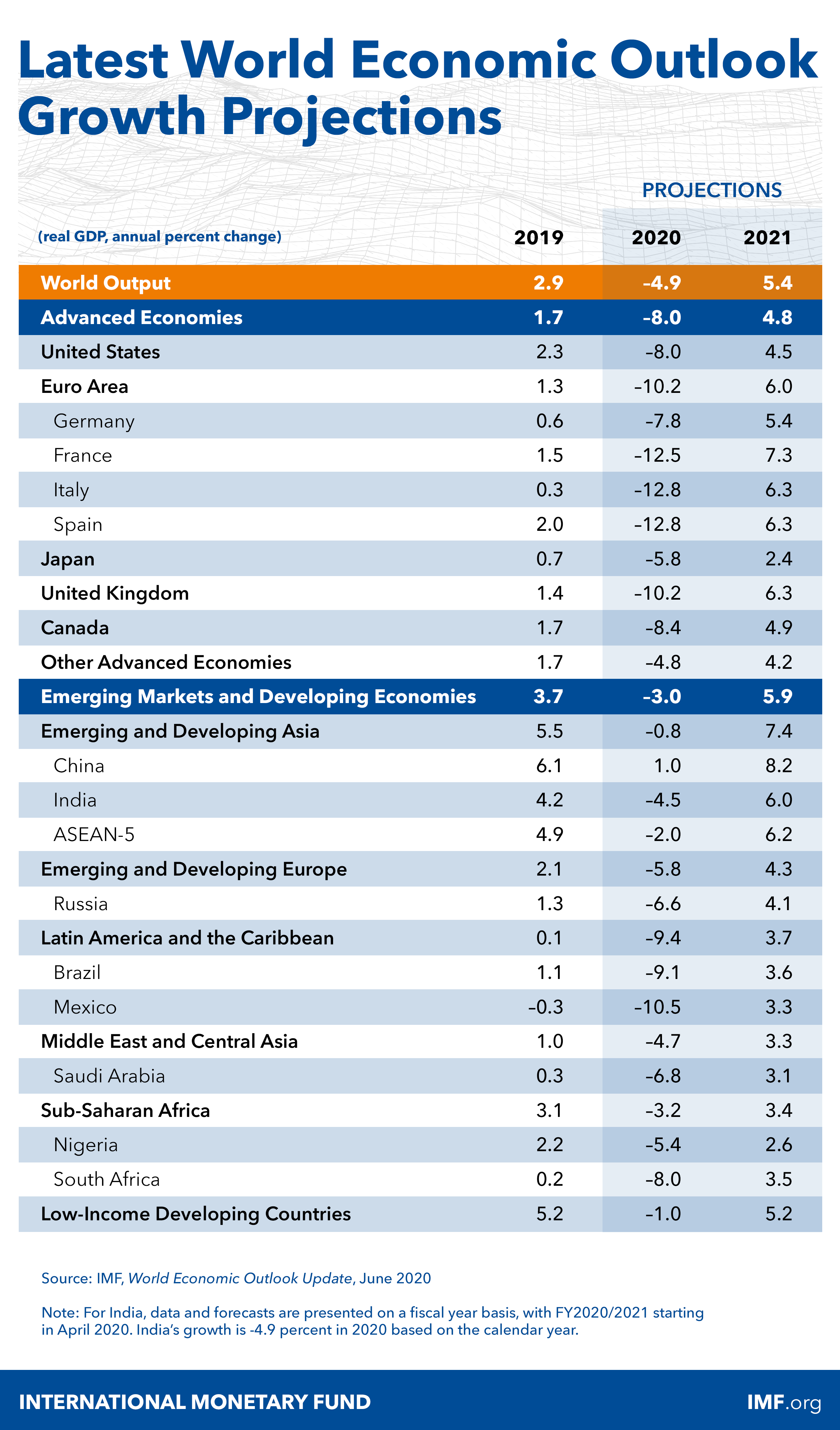Quite dramatic trends in terms of rising economic uncertainty over the last 21 years:
And, not surprisingly, the rise of uncertainty in Europe, the U.S., and globally pre-dates the Covid19 pandemic. In fact, Europe has been experiencing dramatically elevated uncertainty levels since the start of the Euro area crisis, while the U.S. saw a virtually exponential rise in uncertainty from 2017 on. Global measures of uncertainty have been running high through 2016 and rose dramatically thereafter.
While amelioration in the Covid19 pandemic dynamics is likely to lower the levels and the volatility of the uncertainty in global economic systems, it is highly unlikely to return us to the pre-Global Financial Crisis state of affairs.








































